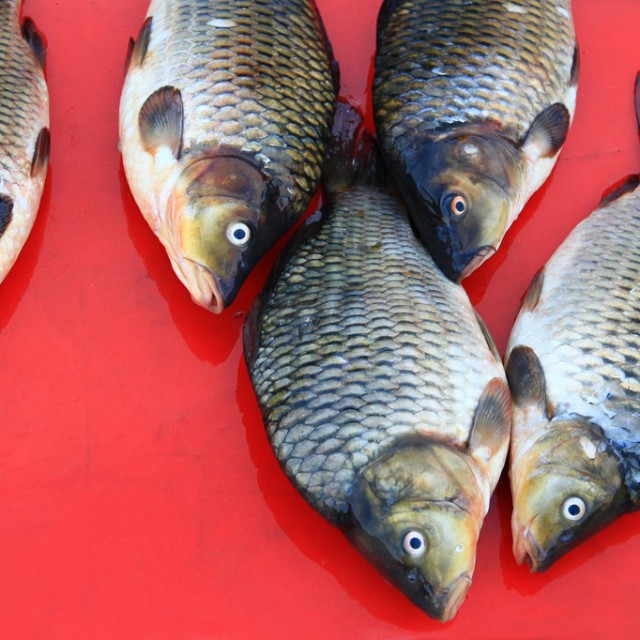Active To A High Degree.
The body gets hot when you’re active in the sun. But there are enough cool tips for trainings during summerly temperatures.
The sun is shining, air flickers over the pavement, and with every single move sweat breaks loose. As soon as it gets hot, the sport-performance literally melts. A route that we normally reel off easily suddenly becomes more difficult and seems to be endless. Believe me; I’ve been there…many times. You’re head turns tomato-red; you breathe heavily and sweat stains are all over your cloths (yummy). A positive thing: At least sweat shows that we’re doing something. The sooner you start sweating the better (and fitter are you) because then our body tries to keep a constant body temperature. Anyway, try not to stress your body too much during high temperatures. It has enough to do with trying to keep itself cool anyway.
First tip: Ideal Timing.
Ambitious summer athletes should be smarter than the sun. Don’t go running during your lunch-break but wait until dawn or use the early morning hours for your active drive. Red area on the thermometer: 25 degrees Celsius (77 degrees Fahrenheit). As soon as the mercury passes this mark, doctors advice against exhausting exercise. Why: The hotter it gets, the more ozone concentration is in the air. Exhaust fumes and fine dust increase stress even more.
Second tip: Dress code.
“Less is more” is the motto during summer. Be sure to buy the right equipments with special UV-protection. Black is a “no-go” (even though it might conceal those nasty fat pads better) – light colours a hit.
Third tip: Sunscreen.
The sun can literally be a burner. It’s not enough to just apply a bit of lotion. As a rule of thumb, it’s best to apply one teaspoon full of sunscreen on your face and nine teaspoons on for the rest of your body. Sweat or water washes away the UV-filter, so if you decide to run a marathon (and you’re not exactly a marathon world champion), you should apply a new layer of sunscreen every two hours.
Fourth tip: Pool rules.
Water rats are often distracted. Whether you’re snorkelling in tropical waters, surfing the waves in Tahiti or just swimming in the local open air pool it’s important not to forget about sunscreen. Also, UV rays occur during shade. Umbrellas or trees only absorb 70% of those. So if you’ve ever woken up with a red nose and didn’t get plastered the day before, you might consider putting on some sunscreen when sitting on the beach with friends next time…
Fifth (and last) tip: Filling station.
Sweat-inducing summer sports raises our liquid need. Our body loses up to one liter of water and also minerals like sodium every hour! This raises the risk of muscle cramps. A look on the scale before and after the training (hell I wouldn’t want to step on a scale if I had to…) helps to know your own body’s water consumption. If you’re thirsty, it’s almost too late. Thirst is an indicator of dehydration. Headaches and dizziness are even more alarming! Start drinking (mineral)-water before you decide to go for a run. If you hate water (how can you hate water? It’s 90 % of our body so you should love it J) you can also use fruit juices but diluted. ¼ juice, ¾ water if the rule here. If you’re really really crazy enough to work out for more than one hour, isotonic drinks are a good alternative because they compensate your mineral loss.
Personal end note:
If I look around in the subways, trains or just for fun wait outside a McDonald’s, it’s simple to say that 90 % (at least in Austria) of people need to do something. And no, by that I don’t mean order another burger! Get out there and move your ass people! Life is far too short to just sit around.



